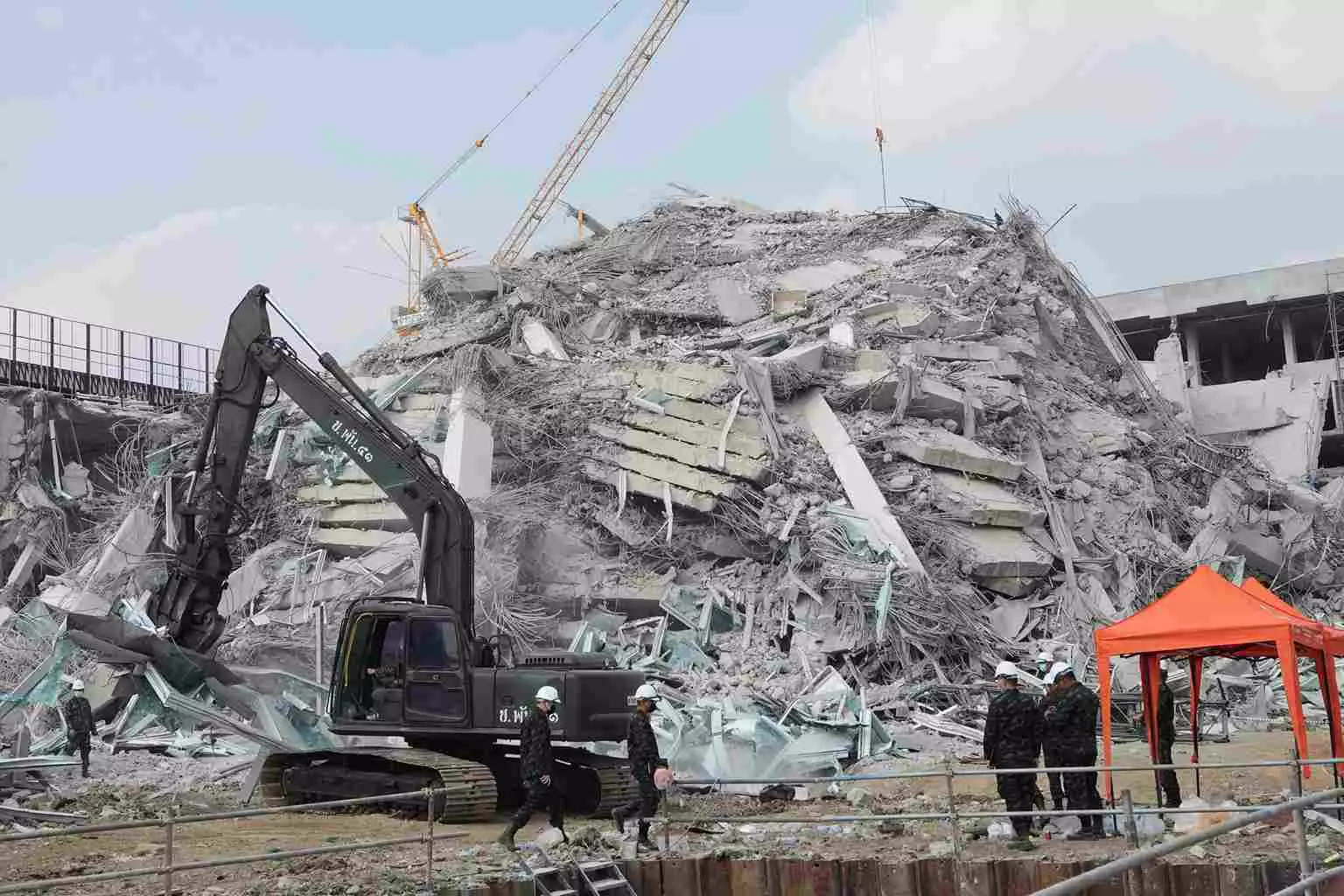
- Home
- India
- World
- Premium
- THE FEDERAL SPECIAL
- Analysis
- States
- Perspective
- Videos
- Sports
- Education
- Entertainment
- Elections
- Features
- Health
- Business
- Series
- In memoriam: Sheikh Mujibur Rahman
- Bishnoi's Men
- NEET TANGLE
- Economy Series
- Earth Day
- Kashmir’s Frozen Turbulence
- India@75
- The legend of Ramjanmabhoomi
- Liberalisation@30
- How to tame a dragon
- Celebrating biodiversity
- Farm Matters
- 50 days of solitude
- Bringing Migrants Home
- Budget 2020
- Jharkhand Votes
- The Federal Investigates
- The Federal Impact
- Vanishing Sand
- Gandhi @ 150
- Andhra Today
- Field report
- Operation Gulmarg
- Pandemic @1 Mn in India
- The Federal Year-End
- The Zero Year
- Science
- Brand studio
- Newsletter
- Elections 2024
- Events
- Home
- IndiaIndia
- World
- Analysis
- StatesStates
- PerspectivePerspective
- VideosVideos
- Sports
- Education
- Entertainment
- ElectionsElections
- Features
- Health
- BusinessBusiness
- Premium
- Loading...
Premium - Events

Many believe Myanmar’s generals are asking for international aid not only to handle a huge natural disaster but to bring about a badly needed ceasefire
Myanmar's oppressive military junta has rarely asked for foreign humanitarian assistance and indeed created roadblocks for foreign agencies involved in relief work after Cyclone Mocha in May 2023.
But the junta made a rare appeal to international agencies for help to handle the fallout of Friday's massive earthquake that devastated central Myanmar and rocked neighbouring Thailand, Laos, China and India.
Devastating tragedy
The 7.7 intensity earthquake (some reports say it touched 8 on the Richter scale) had its epicentre in Sagaing bordering northeast India. It was immediately followed by a 6.4 aftershock that led to the collapse of the iconic colonial-era Ava bridge in Sagaing division whose shape resembles Kolkata's Howrah bridge. Under-construction buildings even crashed in faraway Bangkok.
Also read: LIVE | Myanmar earthquake: PM Modi speaks with Junta chief, offers support
Casualty estimates in Myanmar run into a few thousand as rescuers dig through rubble across townships, especially in the ancient royal capital Mandalay and the present capital Nayphitaw, where entire office blocks crumbled, trapping hundreds of employees.
Opportunity for ceasefire
Many familiar with the military junta's style of decision-making believe the generals are asking for international assistance not only to handle a colossal natural disaster but for another reason.
It is said that the delivery of aid -- food, shelter, medicines and more -- on a large scale by key countries and multilateral agencies may force the rebel groups now on an offensive to accept an unconditional truce.
It is not difficult to understand that international aid workers will find it a tough proposition to deliver relief material in earthquake-hit conflict zones if fighting continues. Invariably, they will appeal to warring parties to enforce a halt to fighting.
Ruse for truce
That will give the Myanmar generals a tactical opportunity to call for a ceasefire to allow relief to reach the affected people.
After relief reaches the population, the ceasefire can be stretched into the 'reconstruction' phase -- long enough for the junta to try to recover from the serious battlefield reverses it has suffered since the offensive was unleashed by the Three Brotherhood Alliance.
The junta is particularly worried at its near-complete defeat in the coastal Rakhine state where the Arakan Army has seized 15 of the 18 townships including the western regional military command centre at Ann and also encircled the ports of Sittwe and Kyaukphyu.
Also read: With Myanmar railroad corridor at risk, China makes desperate bid to save junta
Arakan Army
But the junta seems to be more worried about the Arakan Army's eastern offensive that has taken it past Arakan Yoma into the riverine delta of Ayeyarwady. Its Chin and Bamar allies in the People’s Defense Forces (PDF) are operating under its military command.
The Arakan Army's advances have already exposed the junta’s vulnerabilities on the eastern front. The rebels have made gradual gains both in Ngape township, on the highway between Ann and Minbu in Magwe region, as well as further south along the road from Taungup on the Rakhine coast to Padaung on the Ayeyarwady river.
On both these points, rebel forces are already threatening logistically vital military-industrial plants run by the army’s Directorate of Defense Industries or Ka Pa Sa.
Rebel offensive
At risk is the strategically crucial municipality of Okeshittpin. Situated at the intersection of the east-west Taungup–Padaung road and the main north-south highway along the western bank of the Ayeyarwady, the town sits at the center of a cluster of Ka Pa Sa factories. Capturing them would be a huge boost to the rebel armouries.
Also read: China intensifies intervention in Myanmar civil war, forces truce in Shan state
Maintaining the encirclement of both Sittwe and Kyaukphyu without attempting to storm either town would tie down major army garrisons whose soldiers could otherwise be used for possible counter-offensives.
An informed assessment
"From a purely military perspective, the sheer length of the eastern front – over 350 km from Magwe in the north to the Ayeyarwady delta in the south – offers the advantage of several potential or actual axes of main advance, thereby complicating regime responses," says Myanmar watcher Anthony Davies.
"Were the Arakan Army to infiltrate large raiding columns to sow chaos between and behind (the) regime’s defensive concentrations, the military could find itself struggling to react in an even more confused and challenging battlespace," Davies wrote in an analysis just before the earthquake.
US and junta
Up north, the junta has lost much territory in Kachin and Shan states, including the rare earth mines at Pangwar and Ruby mines at Mogoke. The northeast military command centre in the town of Lashio remains under the control of the Kokang rebels of MNDAA. The PDF forces have made striking gains in Sagaing and even encircled Mandalay.
Also read: Earthquakes don't kill, weak buildings do
China-brokered ceasefires, designed to give the military junta a breather, have fallen through time and again. The visit to Bangladesh by a delegation from the US Pacific Command has raised possibilities for steady supplies for the rebel forces because Washington seems keen to see a rout of the Burmese army.
Keeping fingers crossed
For the beleaguered generals in Nayphitaw, the earthquake may have come as a Godsend. By seeking international assistance, they have not merely got an opportunity to project a people-friendly image but left the rebels now on the offensive with little choice but to stop fighting.
Obviously, the rebels cannot be seen as unconcerned about populations caught in the crossfire.
(Subir Bhaumik is a former BBC and Reuters correspondent and author who has worked in Myanmar as an editor in Mizzima media)

